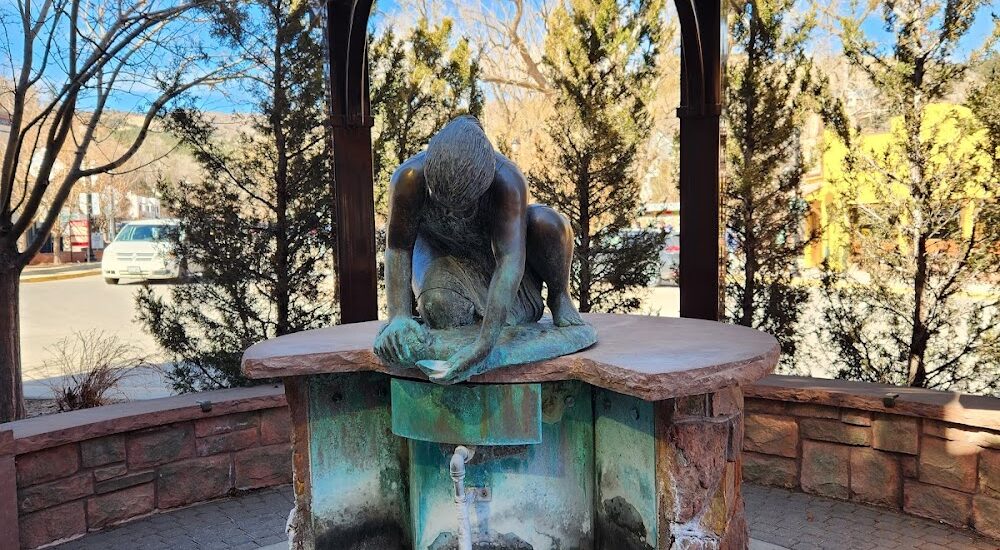Imagine stepping back in time to the 19th century, where the lush foothills of the Rocky Mountains in Colorado were a beacon for explorers, settlers, and health seekers. This was the period when Stratton Spring, located in Manitou Springs, Colorado, began to gain prominence as a site of historical significance and natural wonder.
The area around Stratton Spring was originally inhabited by Native American tribes such as the Ute, Arapaho, and Cheyenne, who revered the mineral-rich waters for their supposed healing properties. These tribes would gather around the springs, making offerings to the spirits in hopes of good health and successful hunts.
In the late 1800s, Manitou Springs, which includes Stratton Spring, was founded as a resort community by General William Jackson Palmer and Dr. William Abraham Bell. They were captivated by the region’s mineral springs and the stunning backdrop of Pikes Peak. The springs were thought to have curative properties, particularly for those suffering from tuberculosis, drawing people from all over the country.
One notable figure associated with the area is Winfield Scott Stratton, a local philanthropist who made his fortune during the Cripple Creek Gold Rush. Stratton used his wealth to improve the community, funding parks, buildings, and other infrastructures, contributing significantly to the development of Colorado Springs and its surrounding areas.
Over the years, the springs have continued to be a point of interest for tourists and historians alike. The waters, naturally carbonated and rich in minerals, are a legacy of the area’s geological history, offering a tangible connection to the past. The town has evolved from a health resort to a charming tourist destination, while still retaining its historical roots.
Visitors today can explore the mineral springs via a self-guided tour, each spring offering a unique taste and story. It’s an experience that allows one to walk in the footsteps of both Native American tribes and early settlers, all drawn to the life-giving waters that have flowed for centuries.





